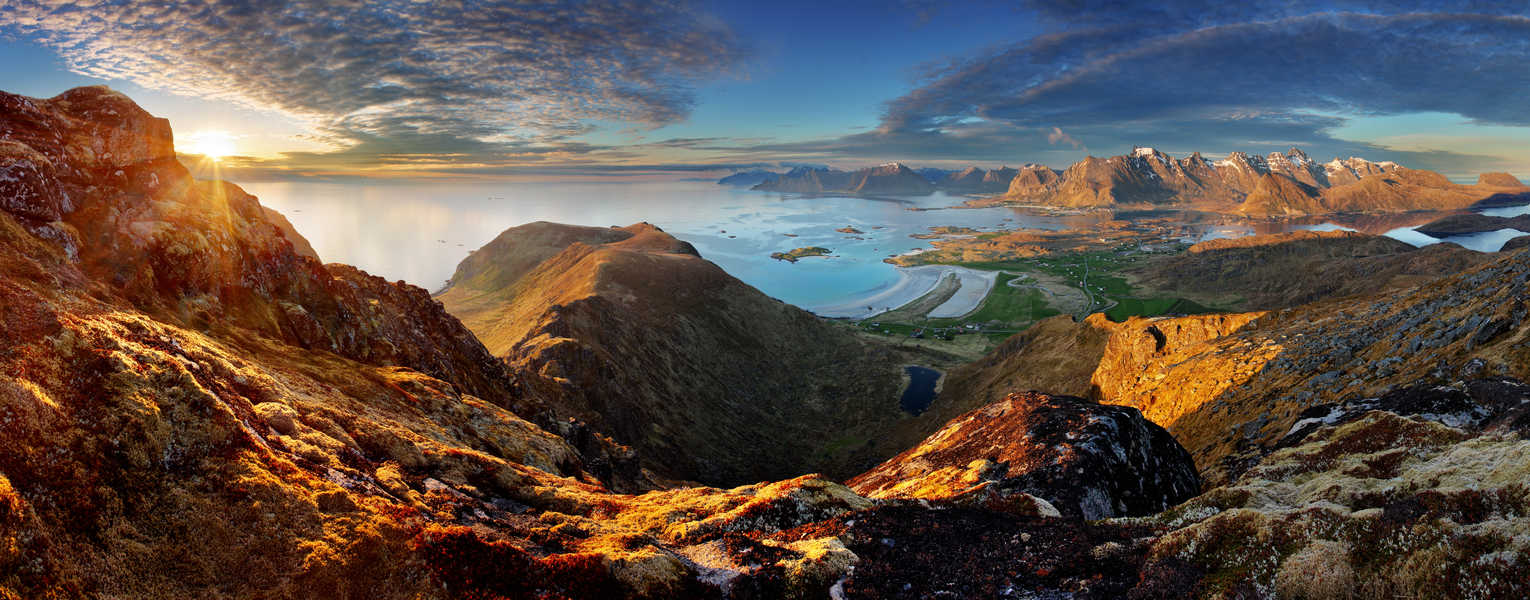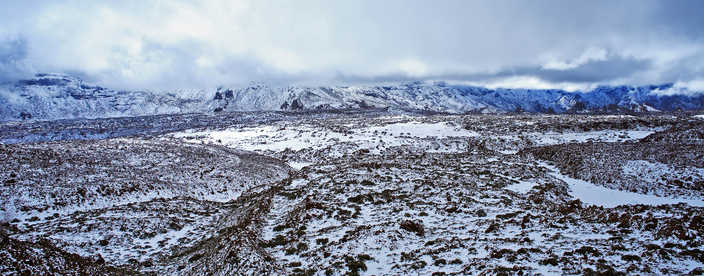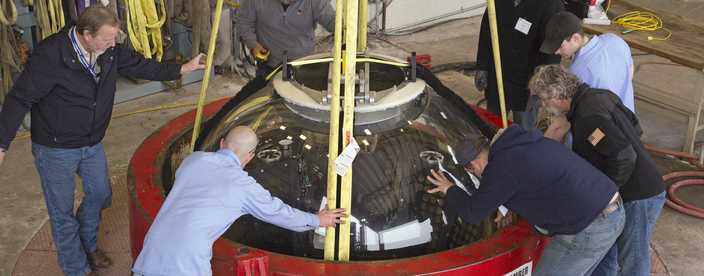
At SwRI, we often say our work spans deep sea to deep space. Our diverse expertise often converges with technical solutions to problems associated with the opportunities and threats of living on Earth. We conduct research to improve understanding of natural impacts and human-induced impacts to oceans, land and climate. Earth’s oceans play an important role in shaping long-term climate trends, while mountains and other topographic features influence local weather. Oceans create natural boundaries that impact travel and infrastructure via land, sea and air. Oceans also pose challenges to energy production in harsh offshore environments. SwRI’s many disciplines address the nexus of oceans, land and climate as well as the individual pieces of this complex puzzle.
Ocean Simulation Lab
SwRI offers a state-of-the-art Ocean Simulation Lab and Marine Structures & Engineering group that designs and tests offshore technology equipment. Our work in this field includes research and testing on the ALVIN submarine, the oldest submersible research vessel used for deep ocean research. This work included testing of the vessel in the 1960s, as well as design and maintenance of a titanium personnel sphere for ALVIN upgrades in recent years.
Remote Sensing of Earth
This field of research uses satellites, balloon, and fixed and rotary wing aircraft to obtain remotely sensed data about oceans, sea ice, permafrost, the land surface, and water and energy resources and infrastructure. SwRI scientists use remote sensing for everything from oil & gas exploration to studying the impacts of climate change on cold regions. SwRI is internationally known for radar and optical satellite remote sensing.
Atmospheric and Ocean Science
SwRI’s Space Science and Engineering Division develops technology that helps clients better understand weather and climate patterns on Earth as well as atmospheres on distant planets and moons. Our work includes developing and fabricating the Cyclone Global Navigation Satellite System (CYGNSS) for NASA’s Earth Science Division. The CYGNSS mission placed a constellation of eight microsatellites into low-Earth orbit. It was designed to use GPS signals to measure ocean surface properties, moist atmospheric thermodynamics, radiation and convective dynamics—conditions that affect the strength of tropical storms and hurricanes.


